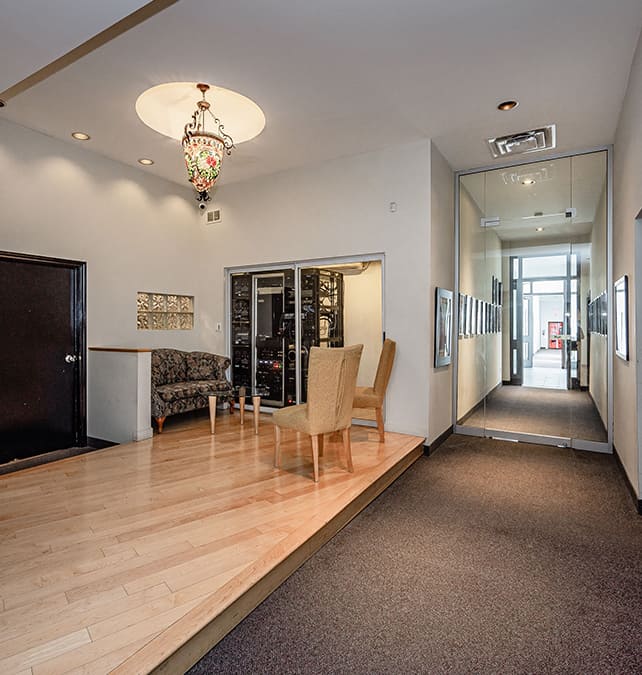Posted on April 17, 2024
ADR Recording 101: A Beginner’s Guide to Dubbing and Voiceover
ADR (Automated Dialogue Replacement), also known as looping or dubbing, is a crucial aspect of post-production in film, television, and animation. It involves re-recording dialogue in a studio setting to replace or enhance the original production sound. ADR is commonly used to improve audio quality, correct mistakes in the original recording, or add new lines to a scene. In this beginner's guide, we will explore the basics of ADR recording, including the equipment needed, the process involved, and tips for a successful session.

Equipment Needed for ADR Recording
Before diving into the ADR recording process, it's essential to ensure you have the right equipment to achieve professional results. Here are some of the key tools you will need:
1. Microphone
- A high-quality condenser microphone is ideal for capturing clear and crisp vocals during ADR sessions.
2. Headphones
- Good-quality headphones are necessary for the actor to hear the original dialogue and synchronize their performance accordingly.
3. Audio Interface
- An audio interface will help you connect your microphone to your recording device and ensure a clean signal path.
4. Recording Software
- Choose a reliable recording software that allows for easy editing, playback, and synchronization of the new dialogue with the original footage.
The ADR Recording Process
Now that you have your equipment set up, let's walk through the typical steps involved in an ADR recording session:
1. Synchronization
- The actor watches the scene to be dubbed while listening to the original dialogue through headphones to match the timing and lip movements.
2. Warm-up
- The actor performs vocal warm-up exercises to ensure their voice is in top condition for the recording session.
3. Recording Takes
- The actor delivers their lines multiple times, experimenting with different intonations and emotions to find the perfect match for the character's performance.
4. Editing and Mixing
- The recorded takes are edited and mixed to blend seamlessly with the original audio track, ensuring a natural and polished result.
Tips for a Successful ADR Session
Here are some tips to help you make the most of your ADR recording session:
1. Be Prepared
- Have the script, scene, and character background information ready before the session to save time and streamline the process.
2. Communication is Key
- Establish clear communication between the actor, director, and recording engineer to ensure everyone is on the same page regarding the performance expectations.
3. Stay Patient and Flexible
- ADR recording can be a time-consuming process, so it's essential to stay patient and be open to trying different approaches to get the best results.
4. Pay Attention to Details
- Focus on small details like lip-syncing, emotional nuances, and the overall tone of the performance to create a seamless dubbing experience.
Conclusion
ADR recording is a valuable tool in the filmmaker's arsenal, allowing for greater control over the final audio quality and performance in a production. By following the tips and steps outlined in this beginner's guide, you can successfully navigate the world of dubbing and voiceover work, producing professional results that enhance your project's overall impact.
